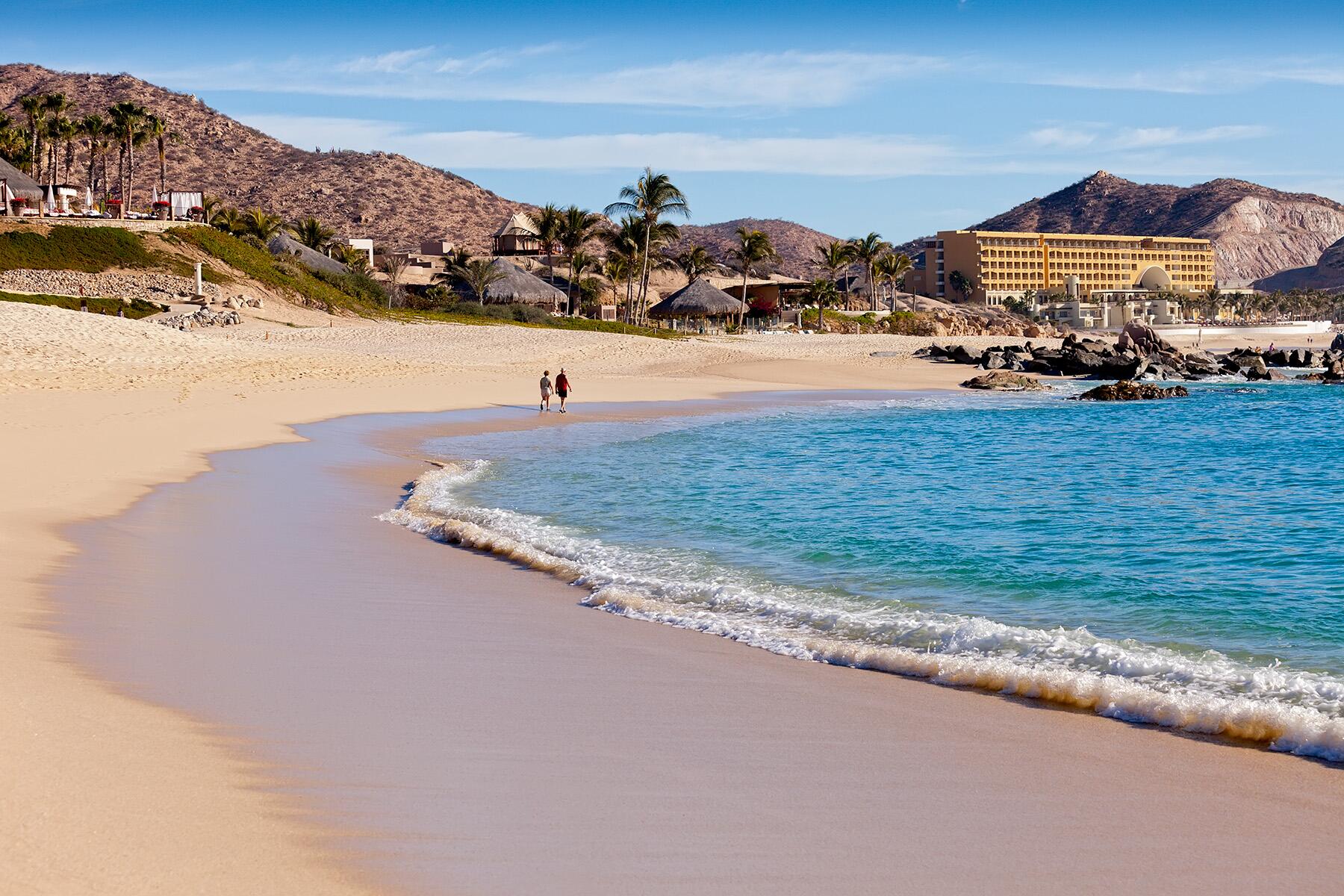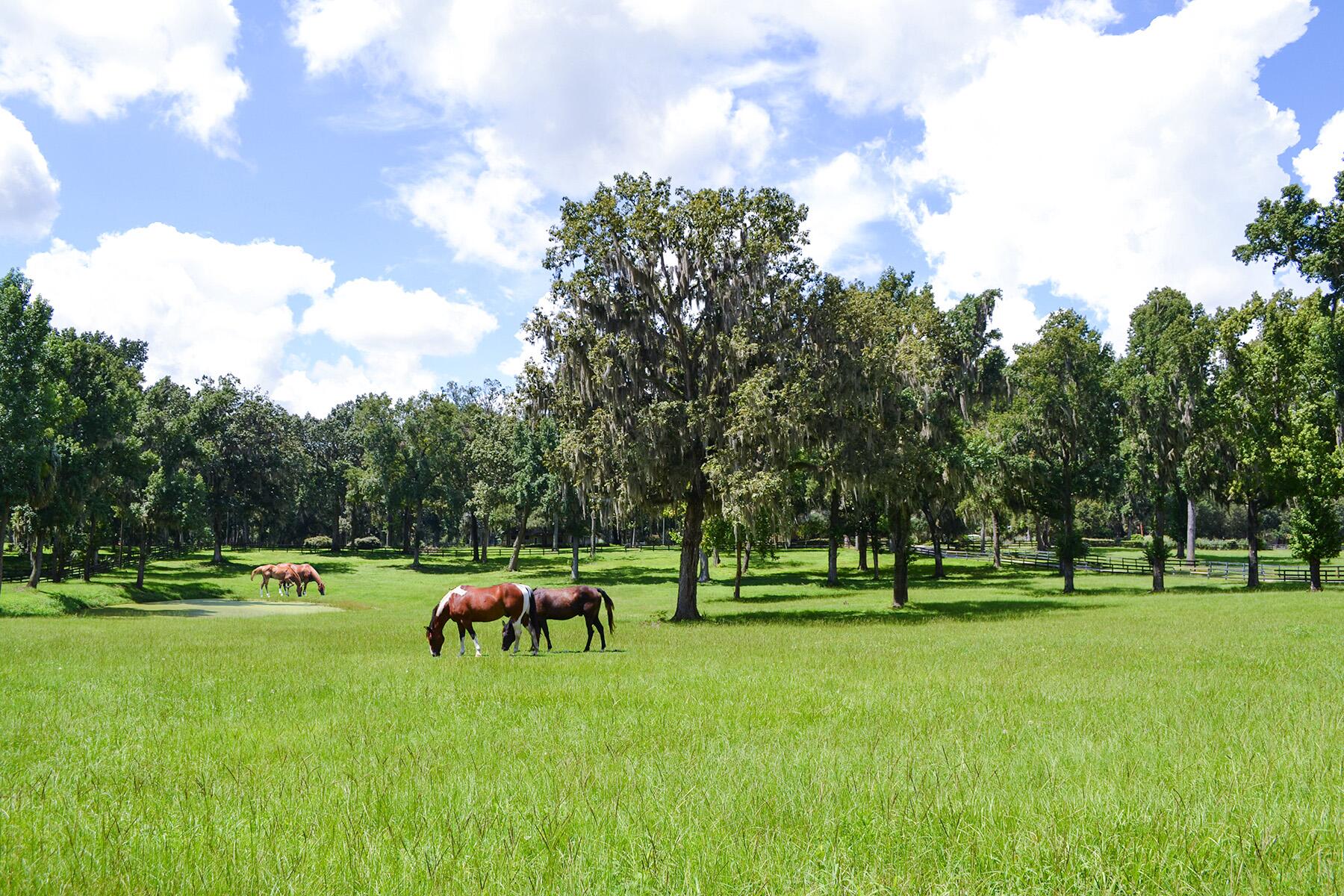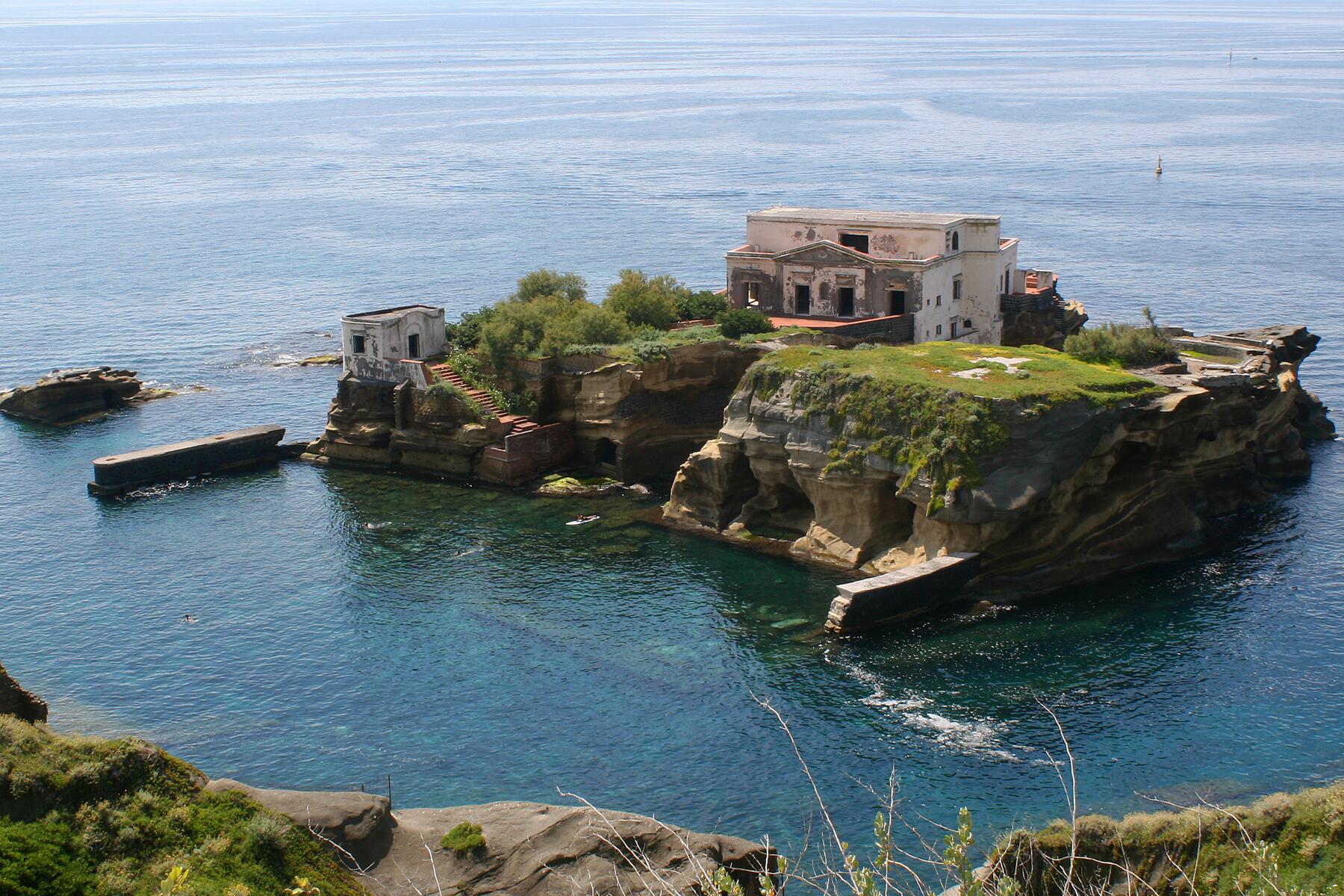- ⁄
- Travel News
- ⁄
- Beaches
These idyllic getaways are home to some of the earth’s most iconic mammals, birds, and reptiles.
Long before the days of surfing and sunbathing, the earth’s beaches spent millennia playing host to a spectacular array of flora and fauna—and in the modern era, there’s still a cornucopia of pristine beaches that hold untold wonders within the realm of biodiversity.
Whether you’re searching for native lizards, hoping to spot a big cat in the flesh, or aiming for a new lifer to add to eBird, these gorgeous destinations are a dream come true for all variety of nature lovers—so as you gear up for your next vacation, be sure to pack your snorkels, cameras, and binoculars as you prepare to explore these spectacular natural wonders.
Top Picks for You
Boulders Beach
WHERE: South Africa
South Africa is a top-tier safari destination, but at the Cape Peninsula’s Boulders Beach, there’s just one ultra-adorable creature to keep an eye out for—the African penguin, to be precise. Though they’re currently listed as an endangered species, sightings are guaranteed along this small span of coast, with roughly 3,000 individuals calling the site home. While they aren’t the most aesthetically-pleasing creatures—they’re also known as jackass penguins due to their cacophonous braying call, and they don’t smell particularly pleasant—they’re totally adorable in a still photo.
Elephant Seal Vista Point
WHERE: California
Big Sur has achieved worldwide fame thanks to its superb coastal vistas, and the surrounding region is no slouch when it comes to wildlife either. Case in point—the iconic Elephant Seal Vista Point, a renowned road trip destination located in the idyllic seaside village of San Simeon. As you may have already figured out from the name, this destination is famous for its high concentration of elephant seals, a species that was once driven to the brink of extinction in the region before making a glorious return. Upon arrival, visitors can get an overhead view from the comfort of the boardwalk as the colossal beasts sunbathe, douse themselves in sand, and engage in violent scuffles over females.
Recommended Fodor’s Video
Isla Iguana
WHERE: Panama
Panama has served as a land bridge between North and South America for millennia, fostering a truly fascinating blend of species that’s impossible to find elsewhere. Off the coast of the Azuero Peninsula, Isla Iguana is a perfect example of the nation’s abundant biodiversity, established as a Panamanian wildlife refuge in 1981. The destination’s namesake—the black iguana—can be found in abundance just beyond the beach, while the sandy shores and interior forests are packed full of magnificent frigatebirds, American oystercatchers, Halloween crabs, and more Ecuadorian hermit crabs than you could ever dream of counting.
Little Water Cay
WHERE: Turks and Caicos
Just off the coast of the Caribbean vacation paradise of Providenciales, a fascinating form of endemic fauna can be found on Little Water Cay. In addition to the white sand and turquoise water that Turks and Caicos is famous for, this particular island plays home to one of the earth’s few populations of Turks and Caicos rock iguanas. Once hovering at the brink of extinction, these curious reptiles have found success after a thorough extermination program targeting invasive cats and dogs, and in the modern era, the species can now be found scurrying throughout the brush all across the cay without a care in the world.
Mirissa Beach
WHERE: Sri Lanka
The southernmost reaches of Sri Lanka are home to some truly stunning resort towns, and the tiny community of Mirissa is one of its most acclaimed—and past the soft sandy shore, a world of unparalleled opportunity lies just beneath the surf. Mirissa is a snorkeler’s paradise, with sea turtles and an abundant array of dazzling reef fish all gracing its waters, with added opportunity to spot a manta ray or whale shark along the way. Fish may dominate the area, but Mirissa is also rife with marine mammals, serving as a top-tier South Asian destination for spotting dolphins and blue whales alike.
Myall Beach
WHERE: Australia
Lush rainforest, sandy shoreline, and sweeping views of the Pacific unite to form Myall Beach, an ultra-idyllic stretch of coast found on Australia’s Cape York Peninsula. Australasian figbirds, sacred kingfishers, and sulfur-crested cockatoos are just a few of the species that can be spotted by visiting birders, while truly fortunate tourists may be able to catch a glimpse of a cassowary, a dazzling blue flightless bird that’s outfitted with a large head crest and dagger-like toes. While it may be tempting to take a dip, be sure to fight the urge—Myall Beach is renowned for its massive saltwater crocodiles, making it perfect for reptile-spotting and absolutely inadvisable for swimming.
Nuquí
WHERE: Colombia
Colombia has been referred to as the “birdiest” nation on earth, and for a full immersion into one of the country’s most underrated spots for avian diversity, a trip out west is certainly in order. Far less developed than Colombia’s Andean interior and Caribbean coast, the Choco region is home to vast swathes of lush rainforest, with no shortage of pristine beaches lining its edges. In terms of biodiversity, the sprawling shores of Nuquí are a can’t-miss destination—whether you’re hoping to marvel at native bird species, observe a sea turtle crawling ashore to lay eggs, or spot migrating humpbacks from the comfort of the shore, this remote region truly has it all.
Olango Island
WHERE: Philippines
With well over 7,000 islands contained within its borders, the Philippines is no stranger to idyllic beaches, and Olango Island in particular offers an enticing combination of both abundant wildlife and stunning coastal views. Just beyond the shoreline, the island’s reefs play home to a high variety of native fish, counting hammerhead sharks, moray eels, and triggerfish among their ranks. Alongside marine creatures, the island also serves as a haven for rare avifauna, with fascinating species like black-faced spoonbills, great knots, and Chinese egrets using the area as a stopover point during winter migration.
Outer Banks
WHERE: North Carolina
Measuring in at over 100 miles of white-sand beach, North Carolina’s Outer Banks are a paradise for bodyboarding, sunbathing, and—you guessed it—wildlife spotting. Classic east coast creatures like shorebirds, sea turtles, and bottlenose dolphins can be found in abundance across the Cape Hatteras National Seashore, while one particularly fascinating animal is a common sight even in the region’s most residential areas. Known as the Banker horse, this variety of free-roaming equine was introduced to the Outer Banks centuries ago, and can currently be spotted from the comfort of a 4×4 on an excursion with one of the area’s many horse tour companies.
Playa Grandi
WHERE: Curacao
The idyllic Dutch island of Curacao is best known for its eponymous azure-tinted liqueur, but there’s a surprisingly rich array of native creatures gracing its shores as well. For fans of snorkeling, the northwestern Playa Grandi is an absolute must-visit, serving as both a haven for Caribbean reef fish and one of the island’s most reliable sites for sea turtle spotting. This busy beach is a hotspot for fishing, and local industry members spend hours hauling in their catch, cleaning it, and tossing the remains into the surf. This ongoing process has taught the local green sea turtles that there’s always a buffet to be found at Playa Grandi, providing newcomers with almost-guaranteed sightings of multiple turtles during a visit.
Punaluʻu Beach
WHERE: Hawaii
If you’re planning a bucket-list-worthy road trip across Hawaiʻi Island, don’t miss out on breathtaking Punaluʻu Beach. This iconic oasis of natural beauty is best known for its inky-black sand, a byproduct of years of the island’s volcanic rock being pulverized by the tide. More often than not, small groups of green sea turtles—and the occasional hawksbill sea turtle—can be found lounging right along the surf. As an added bonus, Hawaii Volcanoes National Park is just a thirty-minute drive away, providing visitors with spectacular mountain landscape views and ample amounts of endemic Hawaiian birds to look forward to after exploring Punaluʻu.
Skeleton Coast National Park
WHERE: Namibia
Stretching along the western coast of Namibia, the arid shores of Skeleton Coast National Park offer a glimpse into some of the most fascinating lion behavior found on earth. Though these big cats traditionally prey on zebras, wildebeests, and similar herd animals across other parts of Sub-Saharan Africa, this unique Namibian population has developed a taste for seafaring creatures, utilizing hunting methods that target fur seals and cormorants or even scavenging on dead whales in the absence of other food. In addition to these iconic big cats, the Skeleton Coast is home to a population of elephants that have also adapted to life in the region.




